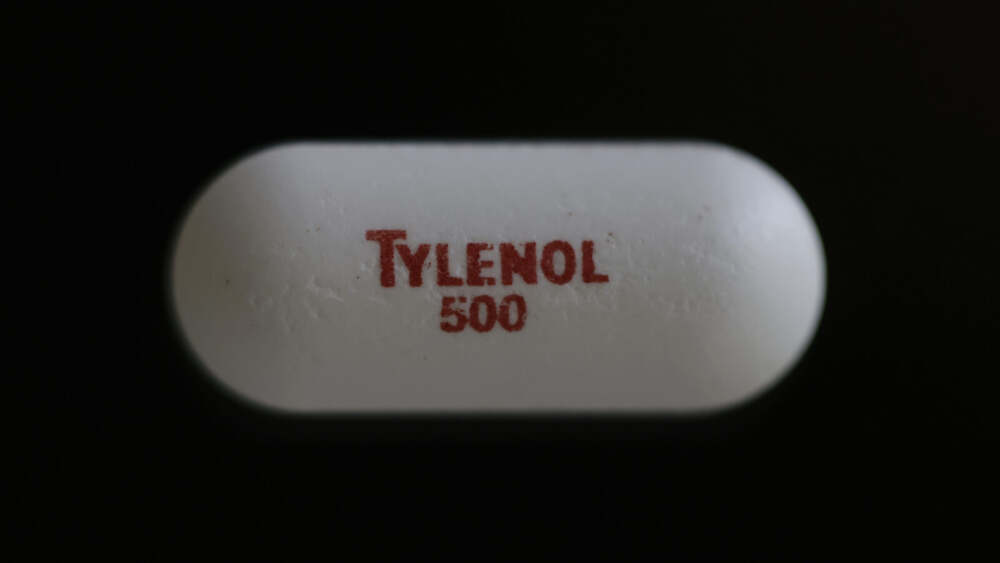A groundbreaking clinical study has just revealed that a promising oral medication aimed at patients at high genetic risk for Alzheimer’s disease—specifically carriers of the APOE4 gene—may soon be available. The drug is designed to work in tandem with, or even potentially replace, established antibody treatments like Lecanemab and Donanemab—but experts warn it comes with caveats.
The Breakthrough
Researchers report that the new pill substantially slowed cognitive decline and reduced biomarker evidence of amyloid buildup in high‐risk patients who carry APOE4. In the trial:
- Individuals with one or two copies of APOE4 showed a marked slowdown in memory loss and thinking ability compared with placebo.
- Brain imaging and spinal-fluid tests confirmed decreases in amyloid pathology and signs of improved neural health.
- The pill was significantly easier to administer than current infusion treatments, potentially widening access and reducing clinic time.
Why It Matters
- Early intervention targeting genetics: Because APOE4 is the strongest known genetic risk factor for late-onset Alzheimer’s, a pill tailored to this group could allow intervention before major symptoms appear.
- Wider accessibility: Infusion-based treatments like Lecanemab and Donanemab require specialised clinics, monitoring and high cost. An oral option simplifies logistics and may accelerate uptake.
- Complement or alternative to antibodies: These older monoclonal-antibody drugs can delay disease progression—but they must be given early and carry risk of serious side-effects. A pill gives physicians more flexibility.
Caveats & Safety Concerns
Despite the excitement, several important qualifications emerged from the research:
- Effect size still modest: While outcomes were statistically significant, the improvement over standard therapy remains moderate. The pill is not a cure—it slows the progression rather than reversing it.
- APOE4 homozygotes face higher risk: Patients with two copies of the APOE4 gene face greater side‒effect risks—especially when combining treatments. In previous trials with anti-amyloid antibodies, APOE4 homozygotes had the highest incidence of brain swelling or bleeding events (known as ARIA). Early data suggest similar caution will apply to the new pill.
- Treatment context matters: The best outcomes were in patients at very early stages—mild cognitive impairment or early Alzheimer’s—and whose brain imaging confirmed amyloid accumulation. Later-stage patients benefited far less.
- Long-term outcomes still unknown: Follow-up data stretching years beyond the trial endpoint are not yet available, meaning durability of benefit—and safety over decades—is unclear.
- Cost and access barriers remain: Even if this pill becomes commercially available, eligibility criteria, insurance coverage, genetic testing (for APOE4 status) and monitoring protocols will impact who can get it and when.
What This Means for Patients & Caregivers
For those who know they carry APOE4 (through approved testing) or have early signs of Alzheimer’s, this development brings cautious optimism. Discussions with neurologists will likely shift toward additional screening (via PET imaging or biomarkers), timing of intervention and combining lifestyle measures (exercise, diet, cognitive engagement) with pharmacology.
However, for the many patients already well into Alzheimer’s or lacking early diagnosis, this may not immediately change treatment options. Clinicians emphasise that existing therapies and best-practise care remain the backbone of management today.
Looking Ahead
- Medical centres are preparing guidelines to incorporate genetic risk (APOE4) into treatment decision-making—previously a matter of research rather than clinical routine.
- Regulators will scrutinise safety data, especially in APOE4 homozygotes and in patients who have had prior antibody therapies or vascular conditions.
- Pay-ors (insurers, Medicare/Medicaid) will negotiate access and coverage—cost, monitoring burden and clinical benefit will all be weighed.
- Research will continue into next-generation therapies targeting tau-protein, inflammation or neural repair—adding to the Alzheimer’s treatment toolbox.
Bottom line: This new oral Alzheimer’s treatment represents a meaningful advance—especially for genetically high-risk patients—but it does not mark an end to the disease. Rather, it opens a new front in early intervention. Patients, families and clinicians still face many decisions and uncertainties—but for the first time, the prospect of “starting earlier” and “treating smarter” is looking more concrete.












Leave a Reply